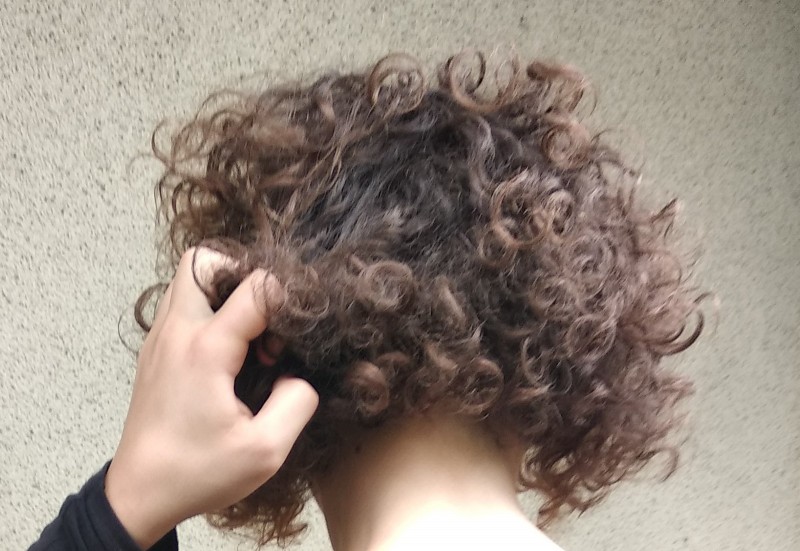
Trichotillomania, also known as hair-pulling disorder, is a psychological condition characterized by an irresistible urge to pull out one's hair, leading to noticeable hair loss. It can be distressing and affect an individual's self-esteem and overall well-being. In this article, we will delve into what trichotillomania is, its potential causes, its impact on individuals, and practical strategies to address and manage this condition effectively.
Understanding Trichotillomania
What is Trichotillomania?
Trichotillomania is a disorder classified under obsessive-compulsive and related disorders in the DSM-5. People with this condition have an overwhelming compulsion to pull their hair from their scalp, eyebrows, eyelashes, or other body areas, leading to significant hair loss. It often begins during adolescence but can affect individuals of any age or gender.
The Causes of Trichotillomania
The exact cause of trichotillomania is not fully understood, but it is believed to be a combination of genetic, environmental, and psychological factors. Some potential triggers include stress, anxiety, trauma, or a history of family members with similar behavioral patterns.
Recognizing the Signs and Symptoms
Identifying the signs and symptoms of trichotillomania is crucial for early intervention. Common indicators include recurrent hair-pulling leading to hair loss, tension or relief when pulling out hair, difficulty resisting the urge to pull, and significant impairment in daily life due to the condition.
Diagnosing Trichotillomania
Diagnosing trichotillomania requires a thorough evaluation by a qualified mental health professional. The healthcare provider will consider the individual's medical history, symptoms, and possible contributing factors before making an accurate diagnosis.
Addressing Trichotillomania
Seeking Professional Help
If you or someone you know is struggling with trichotillomania, seeking professional help is the first step towards addressing the condition effectively. Mental health professionals, such as therapists, psychologists, or psychiatrists, can provide specialized treatment plans tailored to individual needs.
Cognitive Behavioral Therapy (CBT)
CBT is considered one of the most effective therapeutic approaches for trichotillomania. It focuses on identifying and modifying the thoughts and behaviors associated with hair-pulling. Through CBT, individuals can learn healthier coping strategies and break the cycle of compulsive hair-pulling.
Habit-Reversal Training (HRT)
HRT is a specific behavioral intervention designed to increase awareness of hair-pulling triggers and replace the urge with alternative behaviors. It empowers individuals to manage stress and anxiety without resorting to hair-pulling.
Medication Options
In some cases, medication may be prescribed to manage symptoms of trichotillomania. Selective serotonin reuptake inhibitors (SSRIs) or other medications can be used in conjunction with therapy to reduce the frequency and intensity of hair-pulling episodes.
Support Groups
Engaging in support groups or joining online communities can be immensely beneficial for individuals with trichotillomania. Connecting with others who understand the challenges of the condition can provide a sense of camaraderie and valuable insights on coping mechanisms.
Trichotillomania is a complex disorder that requires understanding, empathy, and effective strategies for management. By seeking professional help, engaging in therapy, and adopting healthy coping mechanisms, individuals can regain control over their lives and address trichotillomania successfully.
7 Quick Vegan Dishes: Flavorful and Simple Recipes to Satisfy Your Palate
There are Seven Ways to Get a Flat Stomach
Introducing Tailor-Made Wellness Solutions: Modicare's Sci-Vedic Range